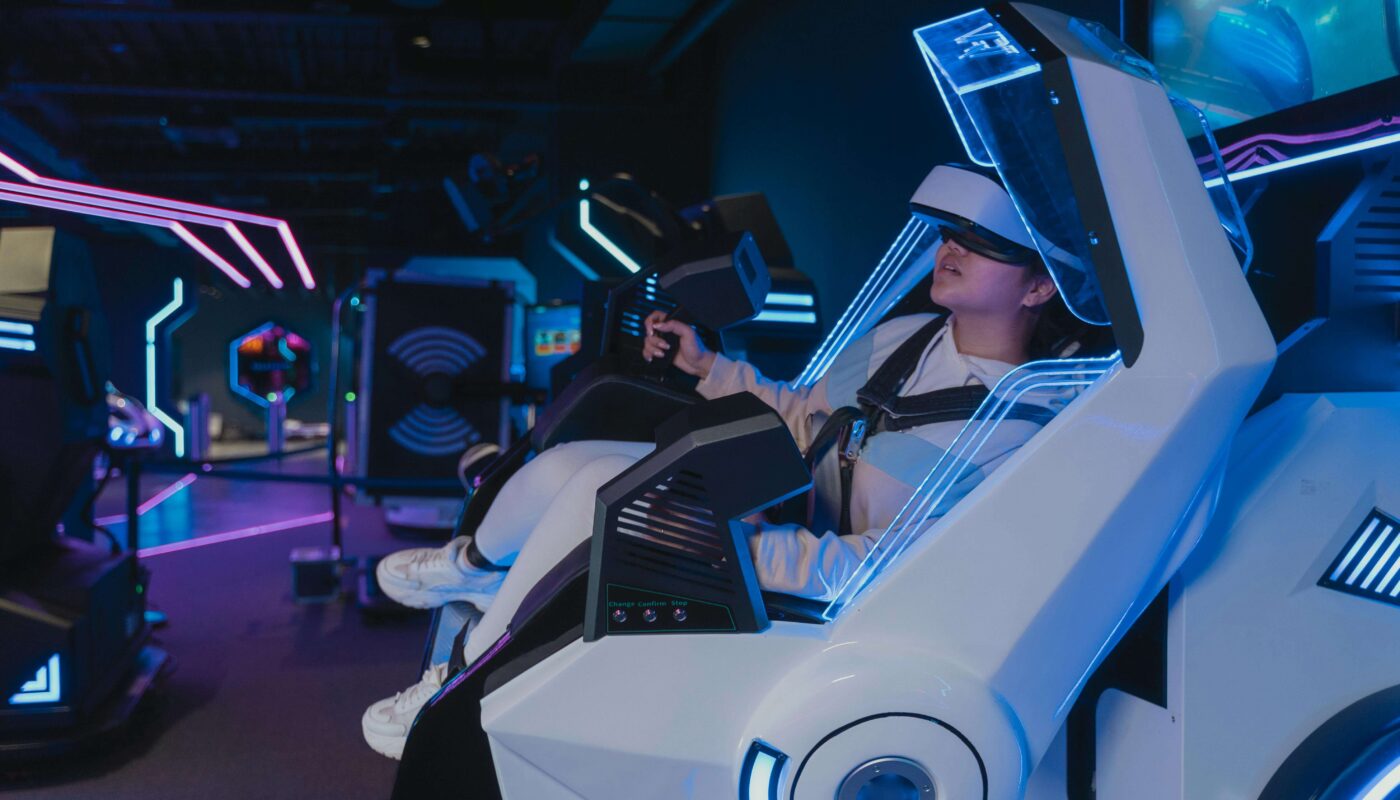Best AI Tools for Gaming UX Designers
Introduction
The gaming industry has grown into a multi-billion-dollar market, with players expecting more immersive, intuitive, and user-friendly experiences. For UX designers in gaming, this means constantly innovating and designing interfaces that enhance gameplay. But here’s the challenge: creating seamless gaming experiences requires massive amounts of research, creativity, and testing.
This is where AI tools come in. From automating user research to designing adaptive interfaces and predicting player behavior, AI helps gaming UX designers push boundaries and deliver unforgettable experiences.
In this article, we’ll explore the best AI tools for gaming UX designers, covering their features, benefits, and use cases. Whether you’re working on a mobile game, console experience, or VR/AR title, these tools will level up your design workflow.
Why Gaming UX Designers Need AI Tools
AI is no longer a luxury in UX—it’s a necessity. Here’s why:
- 🎮 Personalized Gameplay: AI tools analyze player behavior to create personalized interfaces.
- ⚡ Faster Prototyping: AI accelerates wireframing, prototyping, and testing.
- 👥 User Research Automation: No need to manually collect endless player feedback—AI does it for you.
- 🧠 Predictive Analytics: Forecasts user actions and engagement.
- 🕹️ Immersive Experiences: AI helps create adaptive, real-time design elements for VR/AR games.
Top AI Tools for Gaming UX Designers
1. Figma with AI Plugins
Figma is already a favorite among UX designers. Its AI-powered plugins now make design smarter.
- Features:
- Auto-layout suggestions
- AI-generated prototypes
- Color and typography recommendations
- Real-time collaboration
- Why for Gaming UX: Helps in quickly creating gaming interfaces and testing mockups before launch.
2. Uizard
Uizard is an AI-powered prototyping tool that can turn sketches into digital mockups instantly.
- Features:
- Sketch-to-design conversion
- AI-generated wireframes
- UX component libraries
- Game UI prototyping
- Use Case: Ideal for mobile game UX designers who need fast prototyping.
3. Runway ML
Runway ML brings AI-driven creativity into design with its generative AI capabilities.
- Features:
- AI video and image editing
- Game character concept design
- Background generation
- Motion capture with AI
- Use Case: Perfect for immersive gaming UX, especially in AR/VR settings.
4. Framer AI
Framer uses AI to help designers create interactive prototypes without code.
- Features:
- AI-based design suggestions
- No-code prototyping
- Realistic animation integration
- Why for Gaming UX: Helps create interactive game menus, HUDs, and onboarding flows.
5. MidJourney (AI Art Tool)
MidJourney is an AI image generator used for concept art and UI backgrounds.
- Features:
- Game environment creation
- UI/UX theme ideas
- Moodboard generation
- Use Case: For UX designers who want stunning visuals to inspire gaming UI themes.
6. Hotjar (with AI Heatmaps)
Hotjar tracks user interaction and now integrates AI to predict UX performance.
- Features:
- AI-driven heatmaps
- Session recordings
- Player behavior insights
- Use Case: Identify where players get stuck in menus, navigation, or onboarding screens.
7. Adobe Firefly
Adobe’s generative AI suite helps with asset generation for gaming UX.
- Features:
- Text-to-image/game UI creation
- Quick branding elements
- Custom icons
- Why for Gaming UX: Useful for UI icons, buttons, and character interactions.
8. PlaytestCloud (AI-Powered Testing)
PlaytestCloud now integrates AI to analyze gameplay sessions.
- Features:
- Automated UX feedback
- AI sentiment analysis of testers
- Session breakdowns
- Use Case: Detects UX pain points before launching your game.
9. Khroma (AI Color Tool)
Khroma is an AI color tool for palette generation.
- Features:
- Predicts colors players engage with
- Personalized color palettes
- UX mood adjustments
- Why for Gaming UX: Helps create engaging UI color schemes that enhance playability.
10. Unity ML Agents
Unity’s ML Agents let designers use AI for player behavior simulation.
- Features:
- AI-driven user behavior testing
- Predictive analytics
- Adaptive interface design
- Use Case: Helps simulate how different users will interact with your game UI.
Benefits of Using AI Tools in Gaming UX
- 🚀 Faster workflows
- 🎨 Creative design assistance
- 🧩 Smarter prototyping
- 🕹️ Enhanced player engagement
- 📊 Data-driven UX improvements
Challenges & Limitations
- AI can’t replace human creativity.
- Risk of over-automation making design generic.
- Requires ethical handling of user data.
Best Practices for Using AI in Gaming UX
- Always validate AI insights with real players.
- Use AI as a partner, not a replacement.
- Combine quantitative (AI) and qualitative (player feedback).
- Keep updating tools with the latest AI models.
Conclusion
AI tools are revolutionizing the way gaming UX designers create, test, and refine experiences. From Figma plugins to Unity ML Agents, these tools empower designers to build intuitive, engaging, and immersive gameplay.
As gaming evolves into AR, VR, and metaverse spaces, AI will be the backbone of UX innovation.
👉 Also read:





